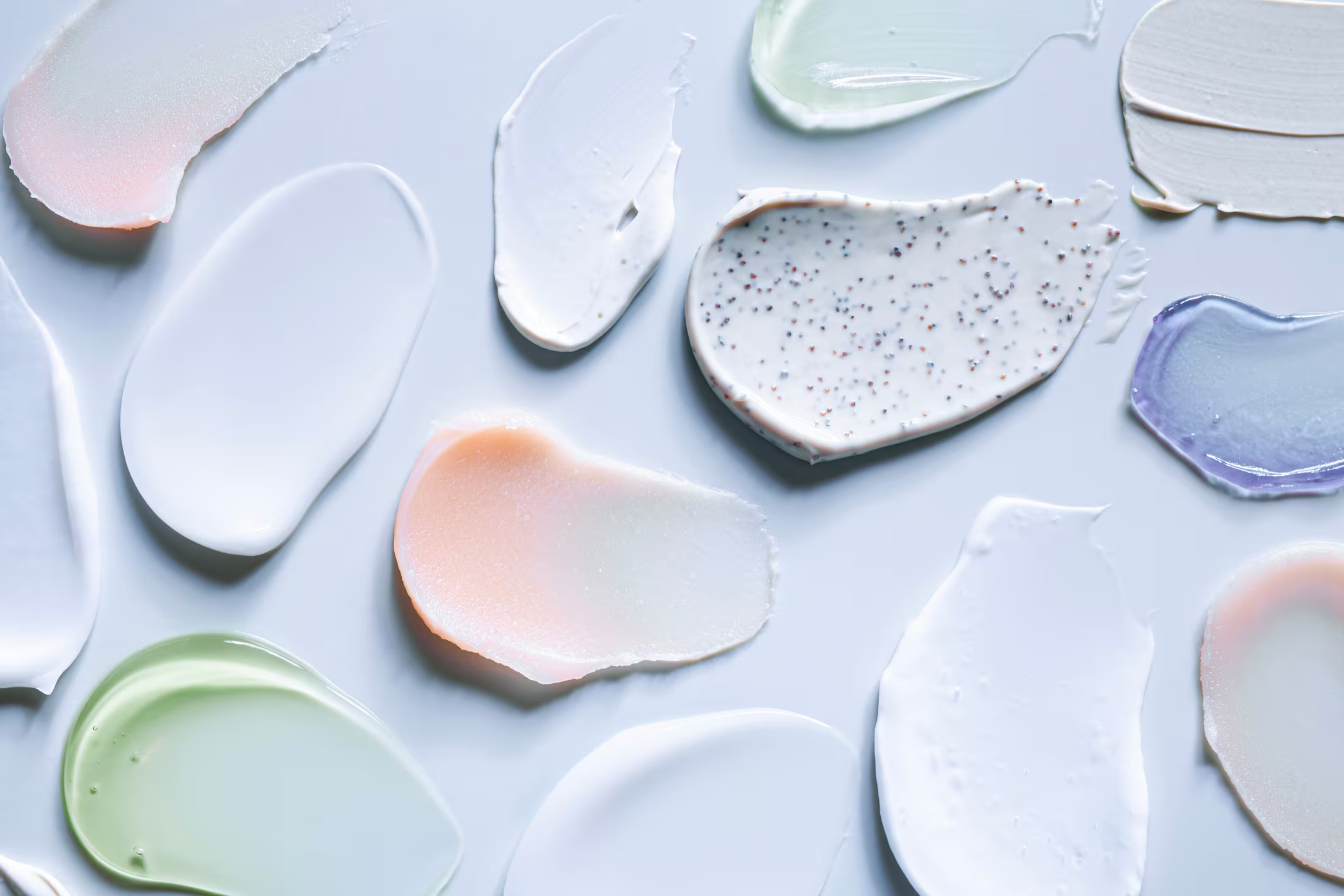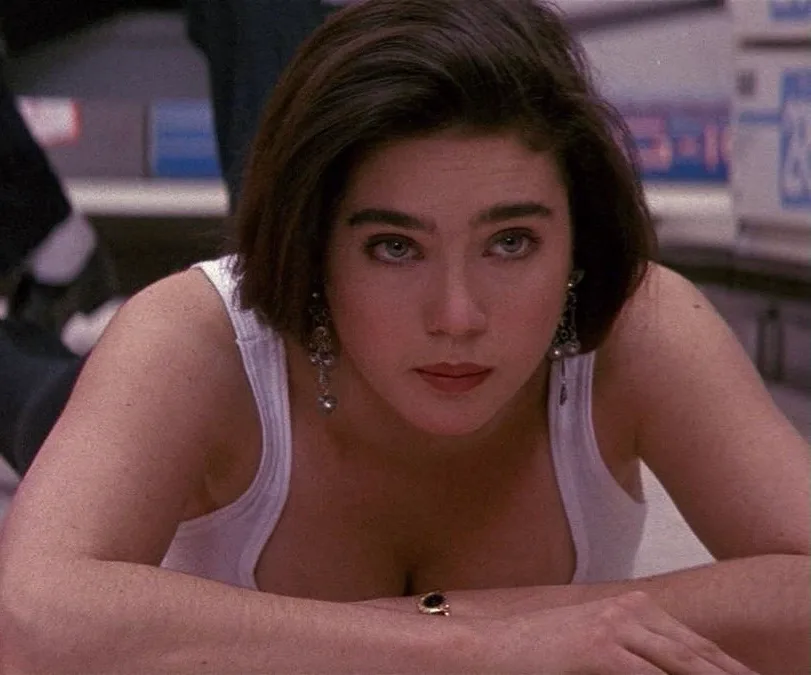zoomacademia.com – Marina Abramović is a Serbian-born artist whose groundbreaking work in performance art has made her one of the most influential figures in contemporary art. Over a career spanning more than four decades, she has explored themes of endurance, vulnerability, and the body as a site of resistance and transformation. Known for pushing the limits of physical and emotional endurance, Abramović’s work challenges the boundaries between artist and audience, the conscious and unconscious, and life and death.
Her performances, often extreme in nature, question the relationship between artist and spectator and blur the lines between art, reality, and ritual. In her own words, she aims to “use the body as a medium for communication” and “create art that challenges the viewer’s perception and emotions.”
Early Life and Career
Born on November 30, 1946, in Belgrade, Yugoslavia (now Serbia), Abramović was raised by parents who were both part of the partisan resistance during World War II. Her father, a commander in the Yugoslav army, and her mother, a nurse, were highly influential figures in her life. Abramović’s early life was marked by trauma, emotional repression, and a sense of loss, which would later deeply inform her work. Her mother, in particular, had a profound impact on her views of strength, discipline, and the role of the artist in society.
Abramović began studying at the Academy of Fine Arts in Belgrade in the late 1960s, and it was there that she first experimented with performance art. At the time, performance as an art form was still in its infancy, and the avant-garde art world was just beginning to embrace the body and live action as artistic mediums. In the early stages of her career, she engaged with minimalism, conceptual art, and the use of her own body in installations and performances.
The Evolution of Abramović’s Work
The Artist’s Body as the Medium
From the outset of her career, Marina Abramović used her body as a medium for her art. One of her early performances, Rhythms 0 (1974), is a hallmark of her commitment to the idea of bodily endurance and self-sacrifice. In this provocative work, Abramović placed 72 objects on a table—some innocent, like a rose and a feather, and others potentially harmful, such as a knife and a gun. She invited the audience to use any of the objects on her body in any way they chose. For six hours, Abramović stood silently, allowing the audience to do whatever they wished, relinquishing control of her own body and submitting to their actions. The performance became a harrowing exploration of human cruelty, vulnerability, and the limits of trust, with the artist’s body as the subject of both violence and affection.
Rhythms 0 is often cited as one of the key moments in performance art history, illustrating the intense vulnerability required for Abramović’s brand of art. This willingness to be subjected to the whims of her audience—and to expose her own body to risk—would become a defining element of her work.
Collaborations with Ulay
In the 1970s, Abramović formed a close partnership with the German artist Ulay (Frank Uwe Laysiepen), and their collaborative works became iconic examples of body-based performance art. The couple’s most famous piece is Imponderabilia (1977), in which they stood naked in a narrow doorway, forcing the audience to choose between squeezing between their bodies in silence. This piece was an exploration of space, intimacy, and the relationship between viewer and performer.
Their collaborative work reached a poignant and symbolic moment with The Lovers (1988), a performance that involved Abramović and Ulay walking towards each other from opposite ends of the Great Wall of China. After over two months of walking, they finally met in the middle to say goodbye, marking the end of both their personal relationship and their artistic partnership. This powerful and emotional work encapsulated the idea of the journey as both an artistic and personal undertaking—one that involved endurance, separation, and the finality of closure.
The Artist is Present
One of Abramović’s most famous and influential works, The Artist is Present (2010), was a 736-hour performance at the Museum of Modern Art (MoMA) in New York. For three months, Abramović sat silently at a table, inviting visitors to sit across from her, gaze into her eyes, and share an intimate moment of connection. The simplicity of the work—a direct, unmediated interaction between the artist and the viewer—belies its emotional depth. It was a meditation on presence, vulnerability, and human connection, with Abramović offering her undivided attention to each person who sat before her. The performance became an iconic moment in the art world, and it was documented in a film by the same name.
The piece received widespread attention and critical acclaim, not only for its conceptual depth but for the profound emotional experiences it evoked in viewers. Many participants broke down in tears, some overwhelmed by the intensity of the connection. The Artist is Present was a perfect example of Abramović’s ability to create moments of profound vulnerability and connection, transforming the relationship between artist and audience into an act of shared intimacy and presence.
Themes in Abramović’s Work
Endurance and the Body
Abramović’s work is often characterized by themes of endurance, suffering, and the limits of the human body. She has stated that her goal is to push her body to its extremes, testing its physical and psychological boundaries in order to explore themes of pain, discipline, and transcendence. Her work frequently involves physically demanding performances, such as standing or sitting in one position for hours, fasting, or exposing herself to physical risk. In doing so, she seeks to explore the body’s capacity to endure and to transcend its limitations.
The Intersection of Ritual and Performance
Abramović’s work often intersects with elements of ritual, spirituality, and shamanistic practices. She has spoken about her interest in the spiritual aspects of performance, with many of her works invoking a sense of ritual or ceremonial purpose. For example, in Balkan Baroque (1997), she performed a ritualistic cleaning of cow bones, symbolizing the horrors of the Yugoslav Wars and her own personal trauma. The performance was an act of catharsis, cleansing, and transformation, connecting her body with the history of her homeland.
Audience as Co-Creators
Throughout her career, Abramović has challenged the traditional roles of the artist and the viewer, making the audience an active participant in her performances. In works like Rhythms 0 and The Artist is Present, the audience is not a passive observer but an integral part of the artistic process. By allowing the audience to take part in the performance, Abramović invites them to become co-creators, engaging in a shared experience of vulnerability, trust, and human connection.
Legacy and Influence
Marina Abramović’s influence on contemporary art cannot be overstated. She has been instrumental in pushing the boundaries of performance art, and her works have inspired countless artists across disciplines. Her explorations of the body, endurance, and the human psyche continue to resonate with audiences around the world, and her legacy as a pioneering artist is firmly established.
In 2014, she was awarded the Golden Lion for Best Artist at the Venice Biennale, cementing her status as one of the most important figures in contemporary art. In addition to her performances, Abramović has worked in the realms of film, video, and installation art, and her influence extends far beyond the traditional art world, reaching the realms of pop culture, fashion, and celebrity.
Through her bold, fearless, and deeply personal works, Marina Abramović has created a body of art that challenges the limits of both the human body and the art world. Her exploration of pain, endurance, and the connection between artist and viewer has reshaped the way we think about art, performance, and the body in contemporary culture. As she continues to create and perform, Abramović remains a true innovator and a powerful voice in the world of performance art.







